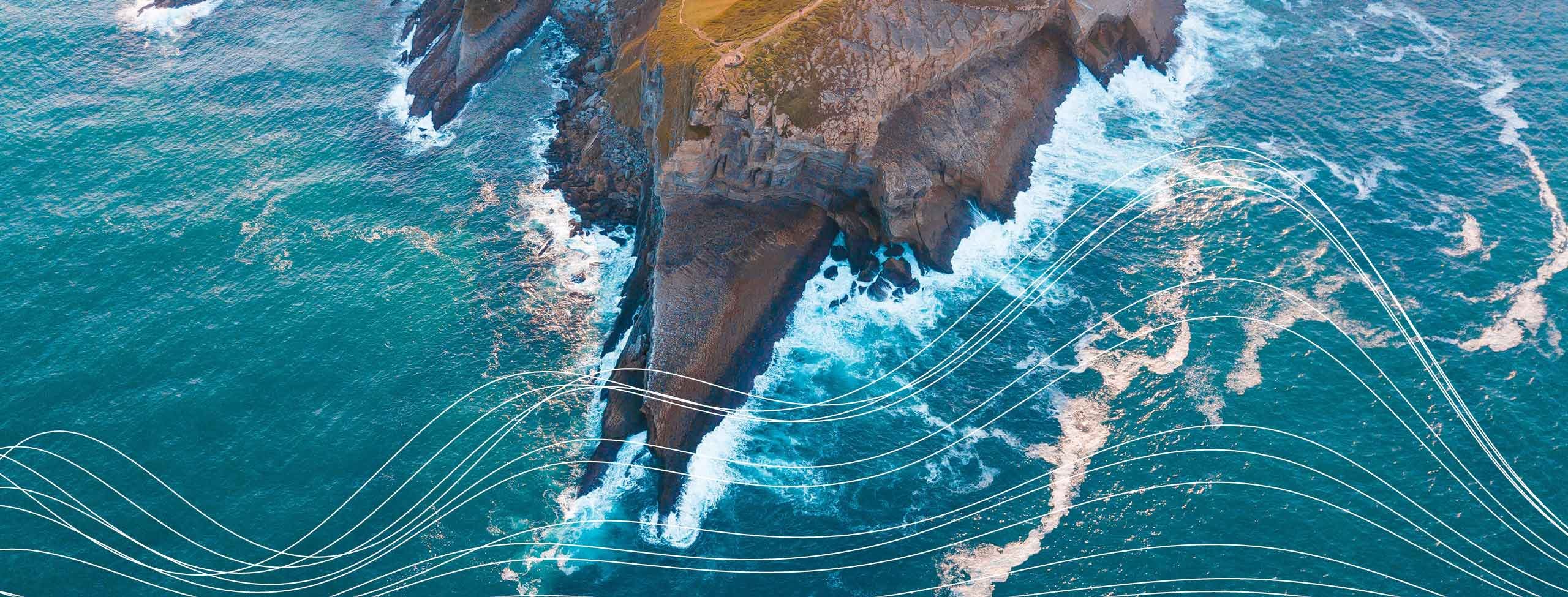
22 November 2021 • 5 minute read
New antidumping duty petition: emulsion styrene-butadiene rubber from the Czech Republic, Italy and Russia – consequences for industry and downstream consumers
On November 12, 2021, Lion Elastomers LLC filed a petition with the US Department of Commerce (DOC) and the US International Trade Commission (ITC) alleging that 1500- and 1700-series emulsion styrene-butadiene rubber (ESBR) from the Czech Republic, Italy and Russia is being sold in the US at less than fair value.
ESBR is a synthetic rubber that is used primarily in the production of new rubber tires. It is also used to produce other products such as conveyor belts, shoe soles, hoses, roller coverings and flooring.
The petitioner seeks the imposition of antidumping (AD) duties on imports of ESBR from the Czech Republic, Mexico and Russia, alleging dumping margins of 35.87 percent for the Czech Republic, 44.51 percent for Italy and 67.87 percent for Russia.
Under US law, a domestic industry can petition the government to initiate an AD investigation to determine whether an imported product is sold in the US at less than fair value (ie, dumped). AD duties may be imposed if the DOC determines that imported goods are dumped and if the ITC determines that the domestic industry is materially injured or threatened with such injury by reason of the subject imports.
Products covered by the petition
The merchandise covered by the investigation is cold-polymerized ESBR. The scope of the investigation includes, but is not limited to, ESBR in primary forms, bales, granules, crumbs, pellets, powders, plates, sheets and strip. ESBR consists of non-pigmented rubbers and oil-extended non-pigmented rubbers, both of which contain at least one percent of organic acids from the emulsion polymerization process.
ESBR is produced and sold in accordance with a generally accepted set of product specifications issued by the International Institute of Synthetic Rubber Producers (IISRP). The scope of the investigations covers grades of ESBR included in the IISRP 1500 and 1700 series of synthetic rubbers. The 1500 grades are light in color and are often described as “Clear” or “White Rubber.” The 1700 grades are oil-extended and thus darker in color, and are often called “Brown Rubber.”
ESBR is described by Chemical Abstract Services (CAS) Registry No. 9003-55-8. This CAS number also refers to other types of styrene butadiene rubber.
Specifically excluded from the scope of this investigation are products which are manufactured by blending ESBR with other polymers, high styrene resin master batch, carbon black master batch (ie, IISRP 1600 series and 1800 series) and latex (an intermediate product).
The merchandise subject to the investigation is currently classified in the Harmonized Tariff Schedule of the United States under subheadings 4002.19.0015 and 4002.19.0019.
The total value of imports of ESBR from the Czech Republic, Italy and Russia was $30.9 million in 2020.
Foreign producers and US importers of ESBR
The petition identifies six exporters of ESBR from the Czech Republic, Italy and Russia. US importers are not identified in the public version of the petition. See the list of exporters from the petition.
Estimated schedule of investigations
AD proceedings are conducted pursuant to a strict statutory time schedule. Below is an estimated schedule for the AD investigations on ESBR from the Czech Republic, Italy and Russia.
11/12/2021 – Petition filed
12/30/2021 – ITC preliminary injury determination
4/21/2022 – DOC preliminary AD determinations, if not postponed
6/10/2022 – DOC preliminary AD determinations, if fully postponed
10/31/2022 – DOC final AD determinations, if both preliminary and final determinations are fully postponed
12/14/2022 – ITC final injury determination, if DOC determinations are fully postponed
12/21/2022 – AD orders published
Consequences for exporters and US companies
US AD investigations can result in the imposition of substantial duties in addition to already-applicable duties and tariffs. If the ITC and DOC make affirmative preliminary determinations, US importers will be required to post cash deposits corresponding to the ad valorem AD duty rates determined for the subject merchandise on or after the date on which the DOC’s preliminary determination is published in the Federal Register. In certain circumstances, such duty deposit requirements may retroactively go into effect 90 days prior to the date of publication. The AD duties will remain in effect if the DOC and ITC make affirmative final determinations.
The DOC calculates specific AD margins for certain individual foreign producers and exporters selected for examination. Such rates are often much lower than those alleged in the petition. However, foreign producers and exporters that do not participate in the investigations may be subject to substantially higher rates. Duties imposed at these higher rates may force exporters to stop shipping to the US and importers to cease importation of subject merchandise. Thus, interested parties – including US and foreign producers, exporters, importers and downstream US purchasers of the subject merchandise – are encouraged to have a strategy for addressing AD investigations, including possible participation.
Under the statutory time schedule for AD investigations, the first decision (the preliminary ITC determination of whether there is a reasonable indication that the US industry is materially injured, or threatened with material injury, by reason of the subject imports) must be made within 45 days after the filing of the petition – in this case, by December 30, 2021. An ITC hearing (ie, a public conference) is held around 21 to 23 days after the filing date. As a result, agency staff work, including the issuance of questionnaires to interested parties, begins almost immediately. Thus, quick action is encouraged to understand the specific implications of these developments as well as to prepare and implement a pertinent strategy.
To learn more, please contact any of the authors.